When we talk about laser cleaning machines or rust removal machines, we mainly refer to the most important part of this machine: the fiber laser source.
Types of fiber laser source
Laser generators include continuous wave lasers (CW lasers) and pulsed lasers.
As the name implies, the output of a continuous wave laser is continuous in time. And the laser pump source continuously provides energy to generate laser output for a long time. Thereby obtaining a continuous wave laser. The output power of continuous wave lasers is generally relatively low. Which is suitable for occasions where constant wave lasers are required to work.
A pulsed laser works only once within a specific time interval. The output power of the pulsed laser is large, and it is suitable for laser marking, cutting, welding, cleaning, ranging, etc.
In terms of working principles, they all belong to the pulse type. But the output laser pulse frequency of the continuous wave laser is relatively high, which cannot be recognized by the human eye.
The essence of laser beam cleaning is to use the characteristics of high laser energy density to destroy the pollutants attached to the surface of the substrate without damaging the substrate.
According to the analysis of the optical properties of the substrate to be cleaned and the contaminants. The laser cleaning mechanism can be divided into two categories:
One is to use the difference in the absorption rate of the laser energy of a certain wavelength between the pollutants and the substrate, so that the laser energy can be fully absorbed. The contaminants are absorbed, causing the contaminants to be heated to expand or vaporize.
The other is that there is little difference in laser absorptivity between the substrate and the contaminant. A high-frequency, high-power pulsed laser is used to impact the object’s surface, and the shock wave bursts the contaminants and separates them from the surface of the substrate.
In the field of laser beam cleaning, fiber lasers have become the best choice for laser beam cleaning light sources due to their high reliability, stability, and flexibility.
As the two major components of fiber lasers, continuous and pulsed fiber lasers occupy a dominant position in macroscopic and precision material processing, respectively.
The removal of rust, paint, oil and oxide layer on metal surfaces is the most widely used field of laser cleaning.
